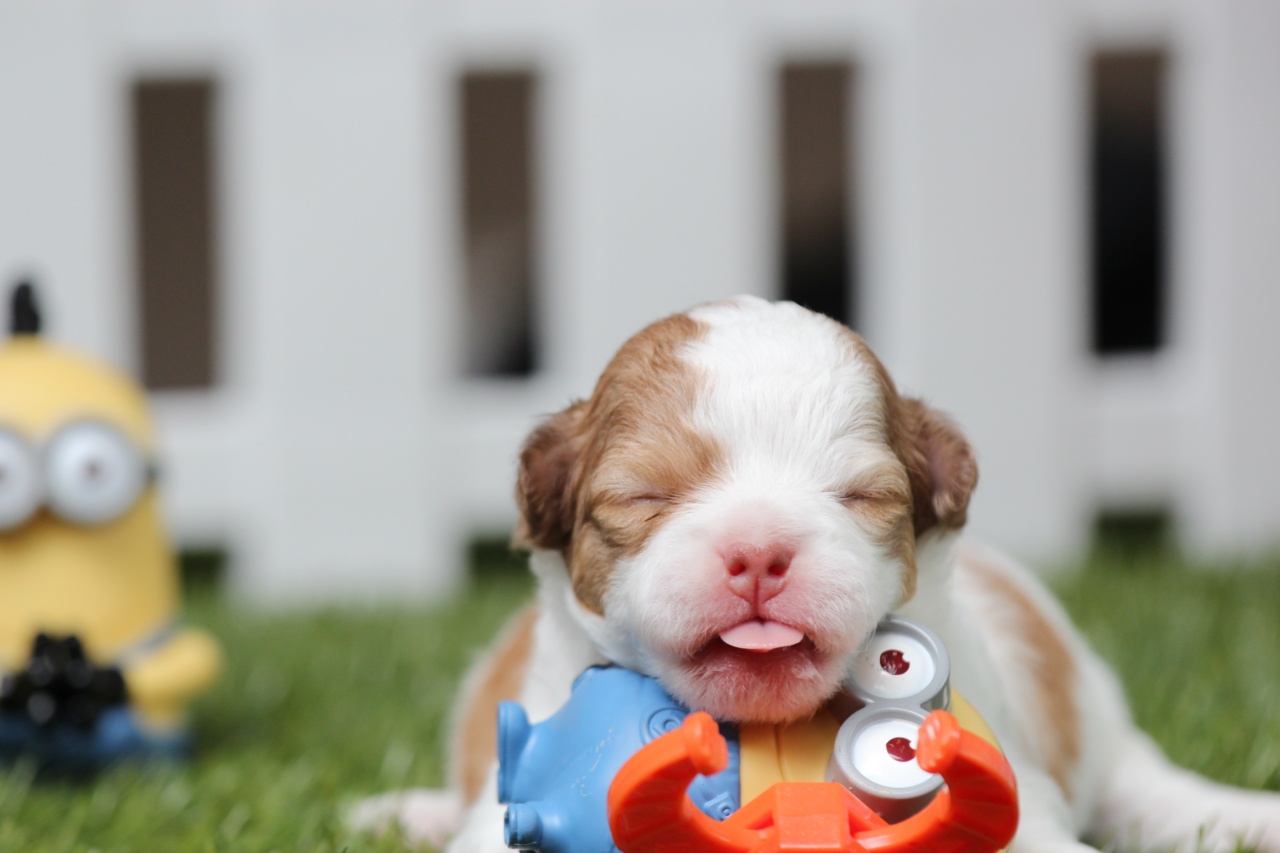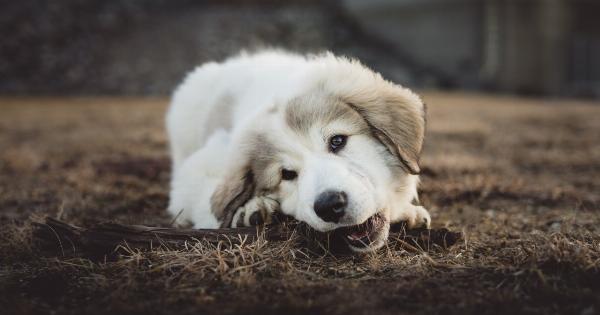One of the most common habits that puppies develop is chewing on their toys. This behaviour can be attributed to teething, boredom or the need for attention. However, excessive chewing can lead to damaged furniture, shoes, and other household objects.
In this article, we will explore some practical ways to teach your puppy not to chew on their toys.
1. Choose Appropriate Toys
Choosing appropriate toys for puppies is critical in avoiding destructive behavior. Some puppies may mistake household items, such as shoes or furniture, as toys.
These kinds of objects are not only dangerous, but they can also communicate that it is okay to chew on things other than their designated toys.
To avoid these situations, purchase chew toys specifically designed for puppies. Nylon bones, rubber toys, and puzzle toys are ideal for puppies because they are long-lasting and durable.
You can also try freezing some of their toys to help with teething pain.
2. Utilize Positive Reinforcement
Positive reinforcement is a technique that involves rewarding your puppy for good behaviour. Whenever you notice your puppy chewing on their toy, verbally praise them, and give them a treat.
This way, they will associate chewing on their toy with a positive outcome, making them less likely to chew on other objects.
It is also important to avoid negative reinforcement, such as yelling or punishment, as this can lead to fear and anxiety in your puppy.
3. Use Deterrents
If your puppy continues to chew on objects other than their toys, you can use deterrents. Bitter apple spray, hot sauce, or vinegar can be sprayed on objects that your puppy tends to chew on.
The intense taste will discourage them from chewing on that object again.
You can also try placing scent-diffusing cotton balls, soaked with scents that dogs dislike, such as tea tree oil or citronella, in areas where your puppy is likely to chew on things.
4. Keep Them Busy
Another reason why puppies chew on objects is because they are bored. Keeping your puppy busy through exercise, playtime, and training can help prevent destructive chewing.
Puzzle toys and interactive games can provide mental stimulation for your puppy whilst also promoting good behavior.
5. Supervise Your Puppy
It is essential to supervise your puppy, especially when they are young and still developing good behavior habits. This way, you can redirect them to their designated chew toys if they attempt to chew on other objects.
If you are unable to watch your puppy, crate them with their designated chew toys and check on them regularly to ensure they are not engaging in destructive behavior.
6. Redirect Negative Behavior
If you notice your puppy chewing on inappropriate objects, redirect their behavior. Clap your hands, say “no”, or make a loud noise to get their attention. Once you have their attention, redirect their behavior to their designated chew toy.
This will teach your puppy that it is not okay to continue chewing on that object.
7. Consistency Is Key
Consistency is key when it comes to training your puppy. Ensure that every family member follows the same rules and that there is a designated area for your puppy’s chew toys.
This way, there is less confusion for your puppy, and they will more quickly associate the designated area with the appropriate behavior.
8. Be Patient
Teaching your puppy not to chew on their toys takes patience and time. It may take several attempts for your puppy to understand what is expected of them.
However, with a consistent routine of rewards, redirection, and positive reinforcement, you can teach your puppy not to chew on objects outside of their designated toys.
9. Seek Professional Advice
If your puppy continues to engage in destructive chewing behavior despite your training attempts, consider consulting with a professional dog trainer or veterinarian.
They can help identify any underlying issues and provide additional guidance on how to stop the unwanted behavior.
10. Conclusion
Preventing destructive chewing is an essential part of raising a puppy.
By selecting appropriate toys, utilizing positive reinforcement techniques, supervising and redirecting your puppy’s behaviour, and providing sufficient mental stimulation, you can teach your puppy not to chew on objects other than their designated toys. Remember, patience and consistency are key; with time and effort, you can help your puppy develop good behavior habits that will last a lifetime.






























